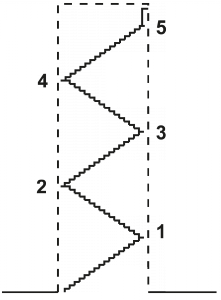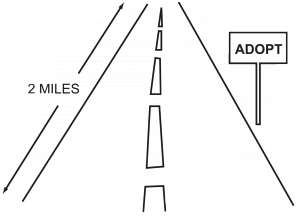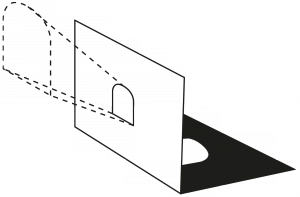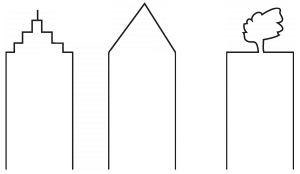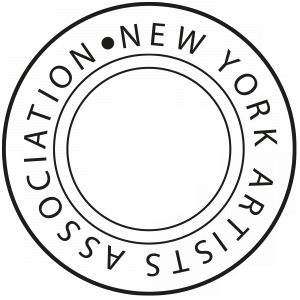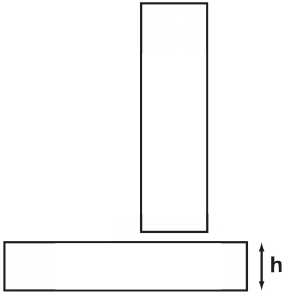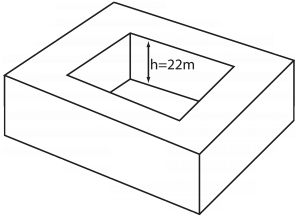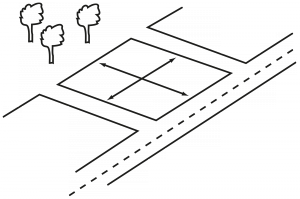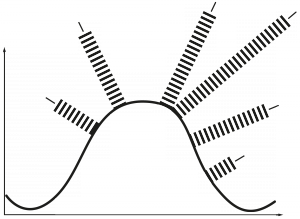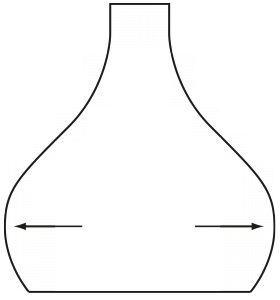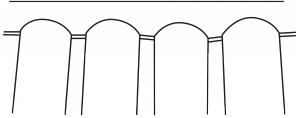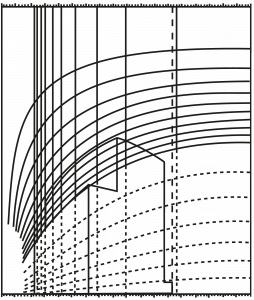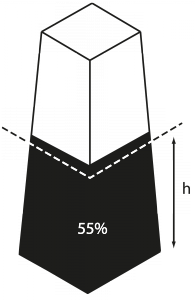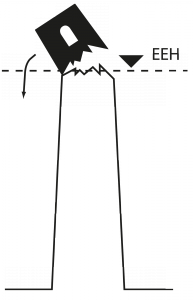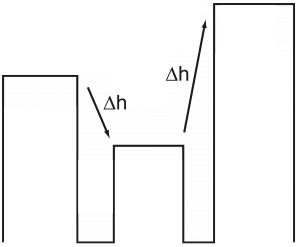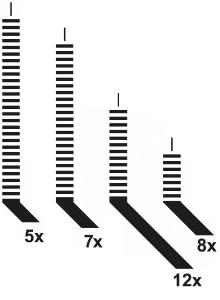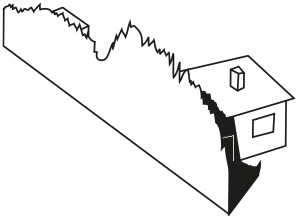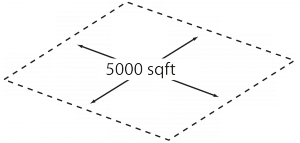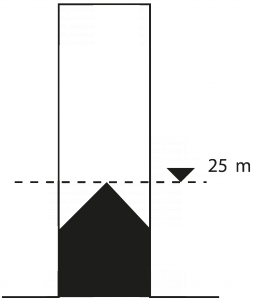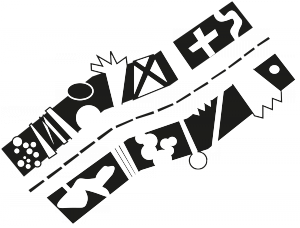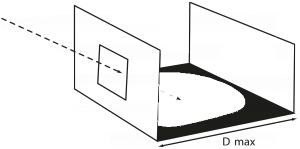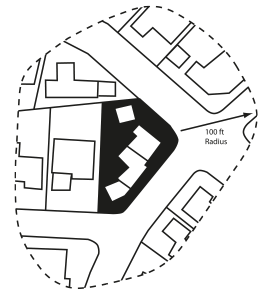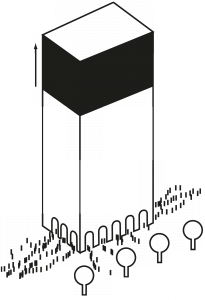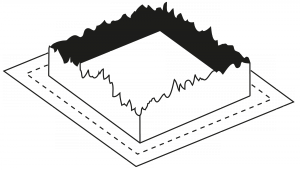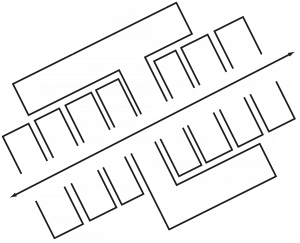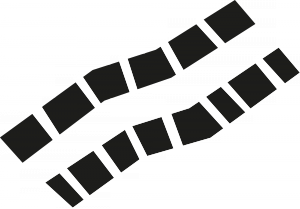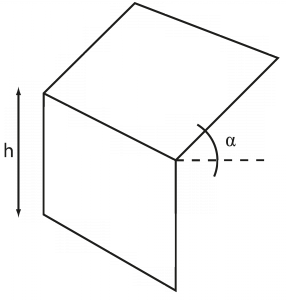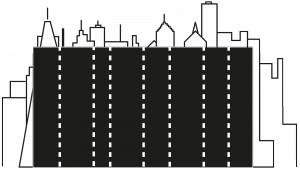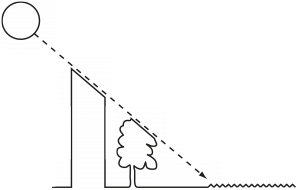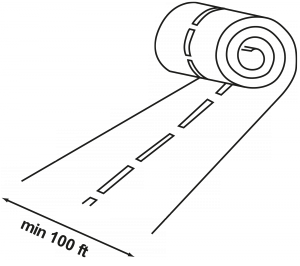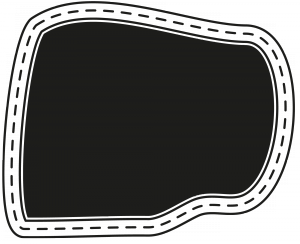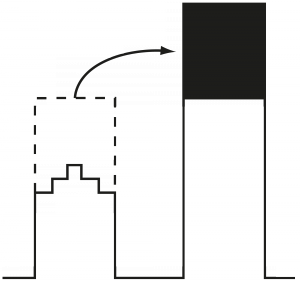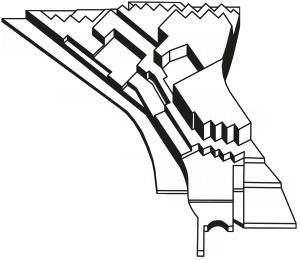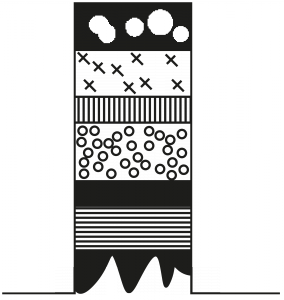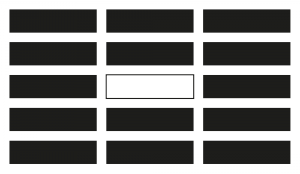Asst. Prof. Dr. Alex Lehnerer
Design Rules and Design With Rules!
Cities as cultural products are neither ‘built’ nor ‘planned,’ at best they are guided and steered in a certain direction. Therefore, rules and regulations are one of the few tools that are actually suitable to guide future development within such collective and complex urban settings.
We strongly believe that the field of (urban) design should not simply adhere to these standards as some neutrally existing context but should actively engage in discussing them in order to make them subject to design as well. read more
Filter rules
Show All-
 Backdrop PreservationForm Regulator, Height, Density and Distribution Regulator
Backdrop PreservationForm Regulator, Height, Density and Distribution Regulator -
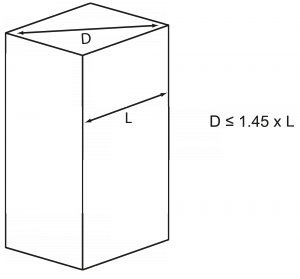 Building BulkDensity and Distribution Regulator, Form Regulator
Building BulkDensity and Distribution Regulator, Form Regulator -
 Common Law of NuisanceForm Regulator, Height, Density and Distribution Regulator, Style, Programmatic Regulation
Common Law of NuisanceForm Regulator, Height, Density and Distribution Regulator, Style, Programmatic Regulation -
 Freedom & CoercionDensity and Distribution Regulator, Height, Programmatic Regulation, Style, Form Regulator
Freedom & CoercionDensity and Distribution Regulator, Height, Programmatic Regulation, Style, Form Regulator -
 Glut TendencyProgrammatic Regulation
Glut TendencyProgrammatic Regulation -
 Invisible HandForm Regulator, Height, Density and Distribution Regulator, Style, Programmatic Regulation
Invisible HandForm Regulator, Height, Density and Distribution Regulator, Style, Programmatic Regulation -
 Land Preservation
Land Preservation -
 London View ManagementDensity and Distribution Regulator, Form Regulator, Height
London View ManagementDensity and Distribution Regulator, Form Regulator, Height -
 Population to Overall Street LengthDensity and Distribution Regulator
Population to Overall Street LengthDensity and Distribution Regulator -
 Proximity CoercionDensity and Distribution Regulator, Height, Programmatic Regulation, Form Regulator
Proximity CoercionDensity and Distribution Regulator, Height, Programmatic Regulation, Form Regulator -
 Public & Private InterestsProgrammatic Regulation, Style, Form Regulator, Density and Distribution Regulator, Height
Public & Private InterestsProgrammatic Regulation, Style, Form Regulator, Density and Distribution Regulator, Height -
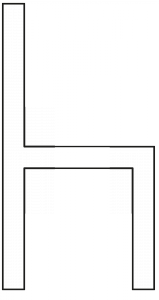 Public Space AcceptanceDensity and Distribution Regulator, Style, Programmatic Regulation
Public Space AcceptanceDensity and Distribution Regulator, Style, Programmatic Regulation -
 Revision CyclesProgrammatic Regulation, Style, Form Regulator, Density and Distribution Regulator, Height
Revision CyclesProgrammatic Regulation, Style, Form Regulator, Density and Distribution Regulator, Height -
 Ridge Line ProtectionHeight, Density and Distribution Regulator, Form Regulator
Ridge Line ProtectionHeight, Density and Distribution Regulator, Form Regulator -
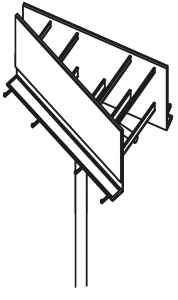 Rights to BeautyForm Regulator, Height, Style
Rights to BeautyForm Regulator, Height, Style -
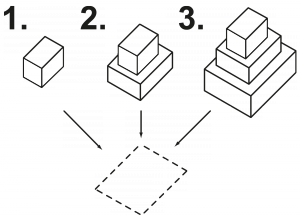 Rule of ThreeHeight, Style, Density and Distribution Regulator
Rule of ThreeHeight, Style, Density and Distribution Regulator -
 Rules and FreedomsDensity and Distribution Regulator, Height, Style, Programmatic Regulation, Form Regulator
Rules and FreedomsDensity and Distribution Regulator, Height, Style, Programmatic Regulation, Form Regulator -
 Scenic Drive ProtectionForm Regulator, Height, Density and Distribution Regulator, Programmatic Regulation
Scenic Drive ProtectionForm Regulator, Height, Density and Distribution Regulator, Programmatic Regulation -
 Style RulesStyle, Form Regulator
Style RulesStyle, Form Regulator -
 Towers at Primary StreetsDensity and Distribution Regulator, Form Regulator, Height
Towers at Primary StreetsDensity and Distribution Regulator, Form Regulator, Height -
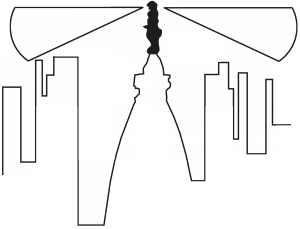 Where is William ?Form Regulator, Height, Density and Distribution Regulator
Where is William ?Form Regulator, Height, Density and Distribution Regulator
Transfer of Development Rights
If a parcel is not developed to the maximum allowable height, then the owner can permanently sell this potential to a neighboring site. If all of these sites have already been built to their height capacity, then the city administration has the authority to extend the vicinity surrounding the building in question in order to ensure the continued transfer of development rights. This happens within the area of a specially devised district (SD).
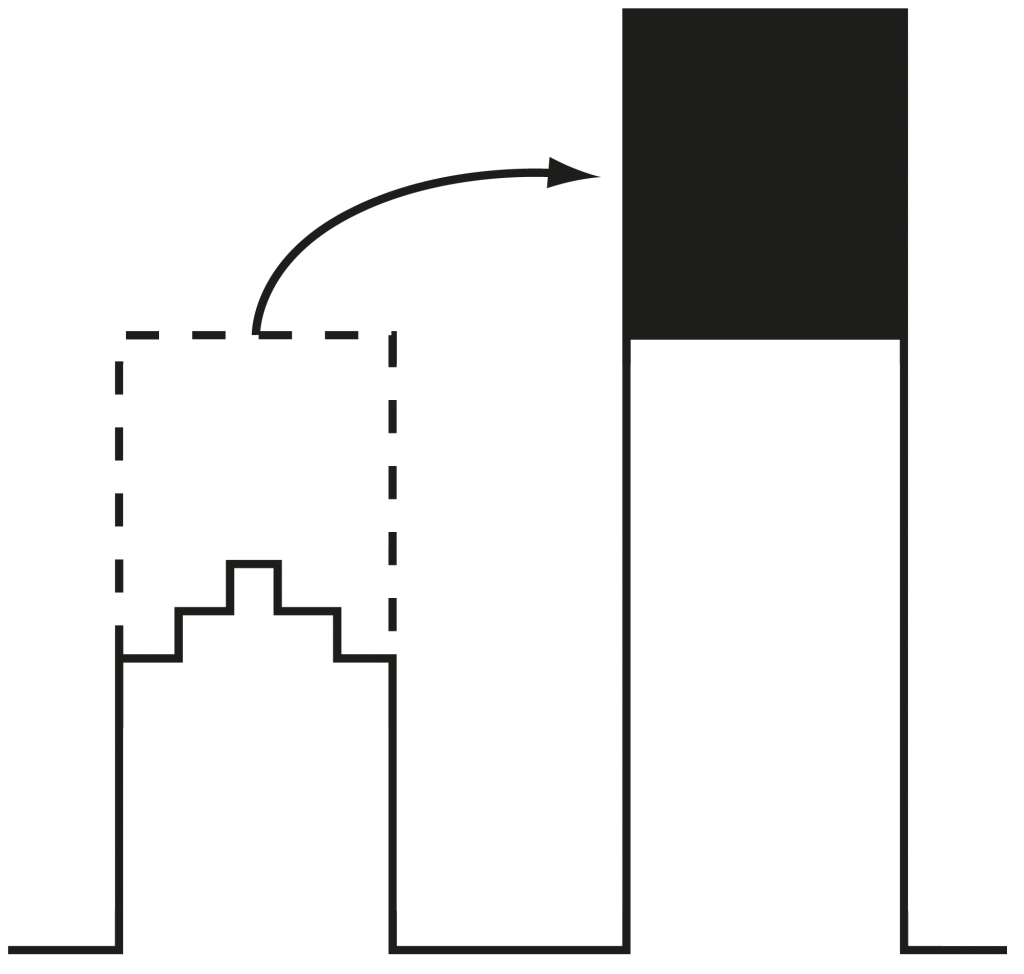
-
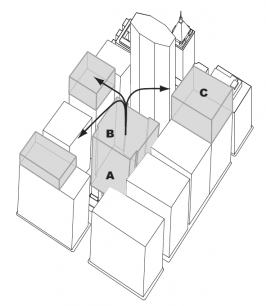 Potential transfer of development rights.
Potential transfer of development rights.


